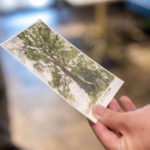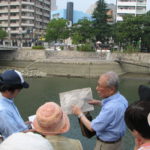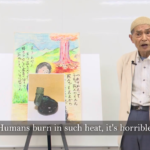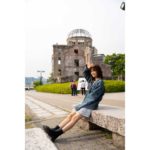Unraveling the Past, Sharing the Present and Shaping the Future: Why It Matters to Keep Communicating
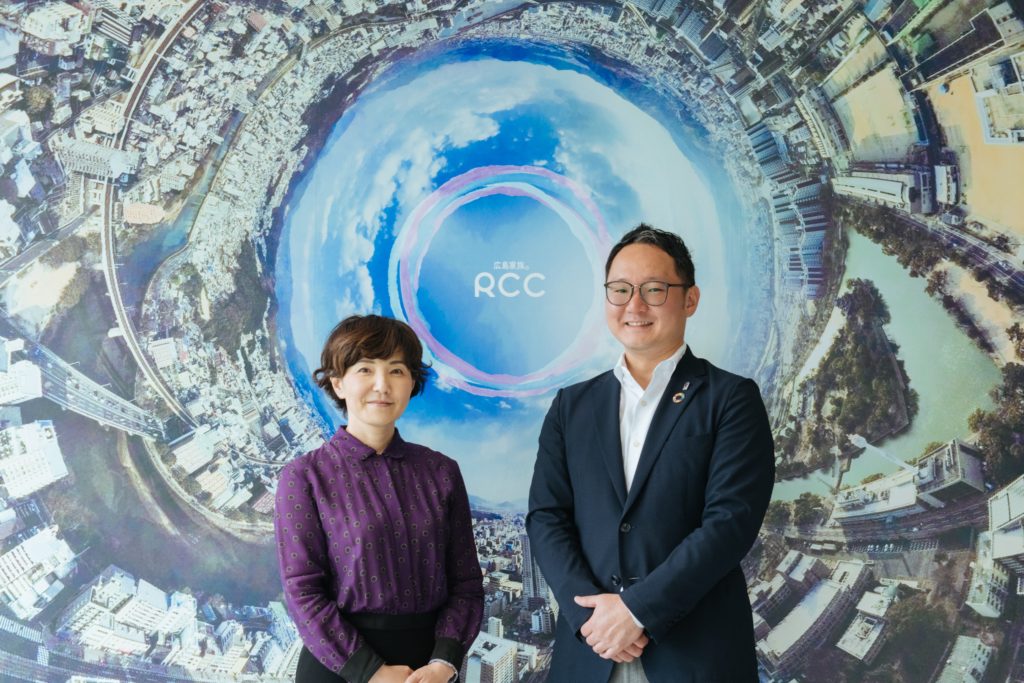
RCC Broadcasting was the first private radio station in Hiroshima when it launched in 1952. Seven years later, it added television to its media portfolio and has been delivering information as a dual-operation station ever since. It started broadcasting only seven years after the atomic bombing, and has never stopped telling stories of the bombing, the recovery and the value of peace. We spoke to RCC Broadcasting about their vision for peace.
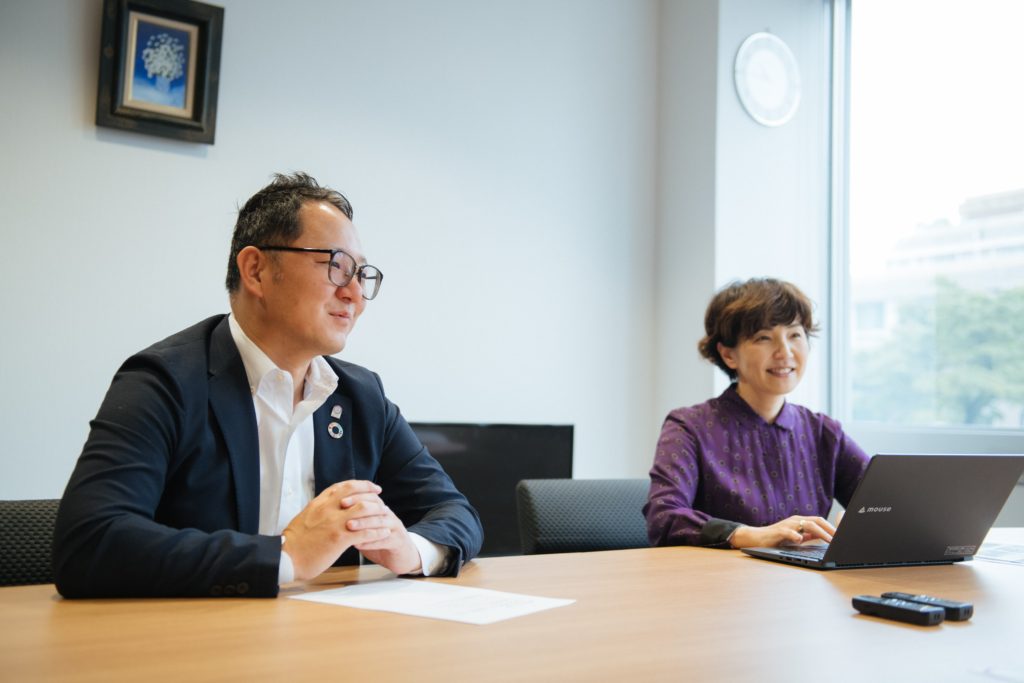
We interviewed Mr.Matsubara Yoshimitsu (left), Deputy Director of the Planning Department and SDGs Love Green Promotion Office, and Ms.Yoshida Kou (right), Director of the Public Relations Department and Secretary General of the SDGs Love Green Promotion Office.
With the slogan “Hiroshima Family,” RCC Broadcasting provides information to the local community through radio, television, internet, events and more. It strives to create a sense of family among the people of Hiroshima. “Our company’s mission is to contribute to building a safe and fulfilling society as a media content company. Our work for peace is part of that mission,” says Yoshida.
“RCC Broadcasting was founded seven years after the atomic bomb was dropped. I’m sure our predecessors faced many challenges, but they felt a strong urge to share what was happening in Hiroshima at that time and what the survivors were going through. We carry on their legacy and feel it is our duty and responsibility to keep broadcasting what happened and what is happening in Hiroshima. And not only that, but we also provide information on how to protect oneself from natural disasters that have become more frequent in recent years. We believe this is part of creating a safe and secure life, and ultimately, a peaceful world.”
One of the ways RCC Broadcasting promotes peace is through its “Hiroshima’s Pre-War Scenery” initiative. It shares on its website videos that were taken between the Taisho and early Showa periods and donated by citizens. The footage offers a glimpse into the past, such as a family strolling next to the Hiroshima Prefectural Products Exhibition Hall, which later became the Atomic Bomb Dome, in 1926, or a battleship viewing event held in Hiroshima Bay in 1933. “You can see footage from different places over several decades. There are videos not only of Hiroshima City, but also of Bingo and the northern regions. You can really see how these places looked and how vibrant they were. You can sense that there were people who had irreplaceable lives, who shaped the town and went out with their families in their finest clothes.”
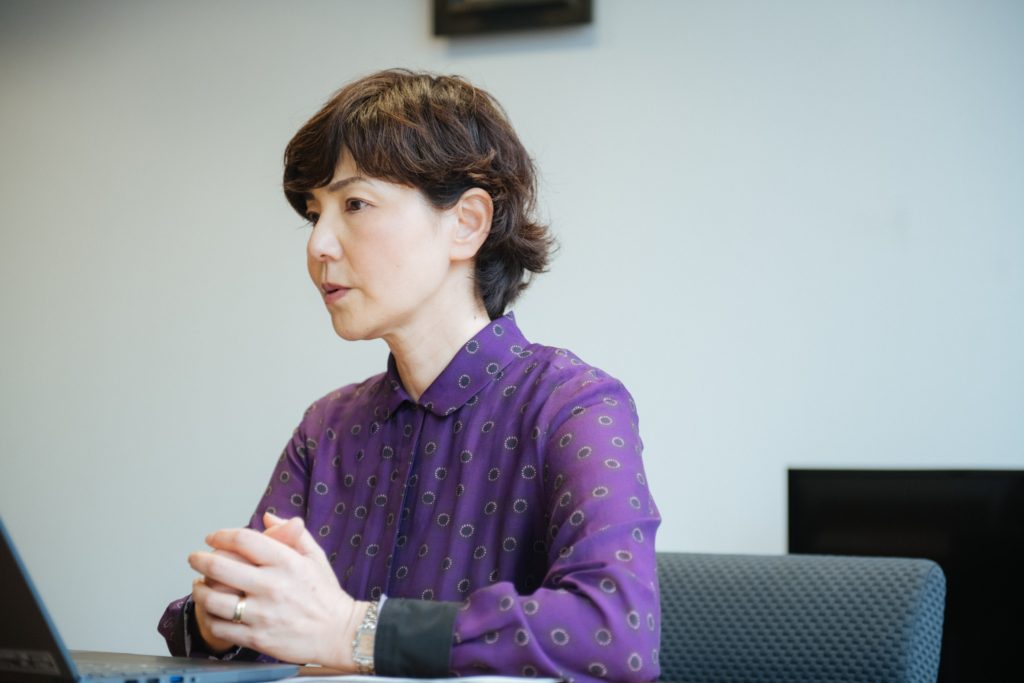
Yoshida, a former announcer. She has been on many TV and radio shows, including lifestyle and variety programs. She is now the director of the public relations department.
She says that these videos have been used for SDGs education in schools. “We screened them with the students at a junior high school in Mukaishima. For instance, one showed the view of Mukaishima from Senkoji Park. I believe that through these videos, we can foster a sense of appreciation for the people who shaped the town in the past, showcase the uniqueness of each town and cultivate a sense of gratitude. This will nurture a mindset of peace.”
In 2015, RCC Broadcasting launched a special project to mark the 70th anniversary of the atomic bombing of Hiroshima. They teamed up with Hiroshima Electric Railway to restore the A-bombed streetcar number 653 to its original color and operate it near August 6th every year. According to RCC, about 2,800 people have ridden this historic streetcar so far. “As the survivors are aging and fewer people can share their firsthand experiences, we wanted to find a way to convey the reality of the bombing to the public. After Hiroshima was devastated, some said it would be inhospitable to even plant life for 75 years. In reality, it recovered into a lush green city. We hope that people can feel the power of peace and reconstruction by seeing the contrast between the past and the present from the A-bombed streetcar that still operates today just as it did in the past,” says Matsubara, who was involved in planning the project. Many people come from other regions to ride the streetcar, and they can learn the importance of peace by witnessing how the damaged streetcar has survived and by comparing the old footage shown inside with the current state of the city. “This year, we plan to run one service on August 6th. We want to invite elementary school students from the prefecture to ride it, hoping it will inspire the next generation to value peace more deeply. Of course, we will continue this project every year as our mission. Although the streetcar cannot speak for itself, we still consider it a witness that can pass on the truth of the bombing. And we believe that it will continue to tell its story so long as it is running.”
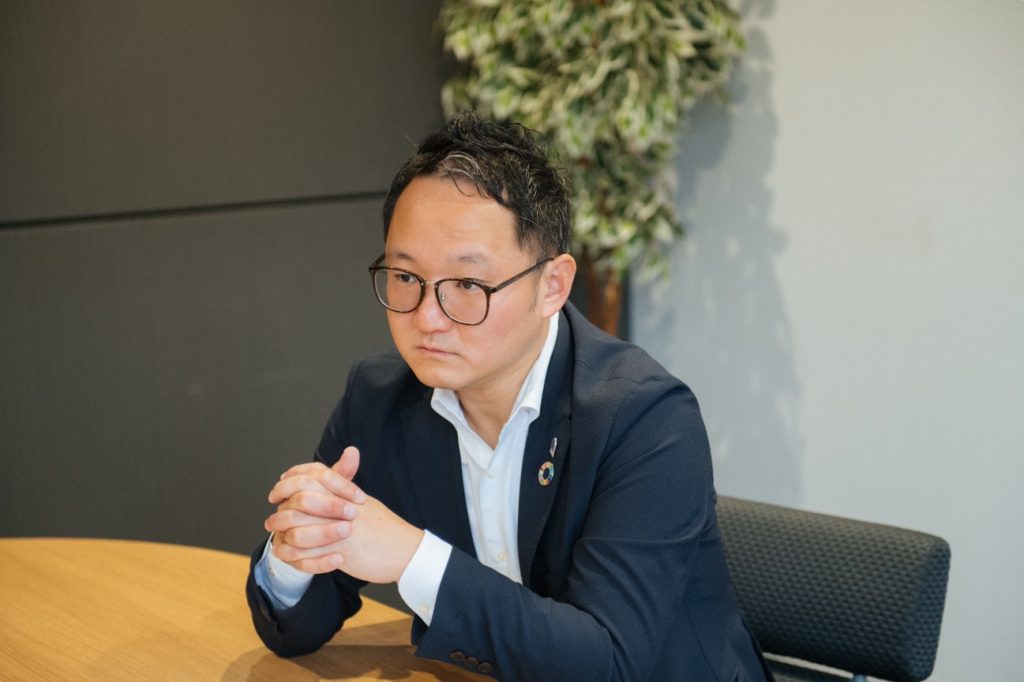
Matsubara joined RCC Broadcasting after working in radio sales, the Tokyo branch and the news department. He is now the deputy director of the planning department.
A comic book called Hiroshima’s Revival was also created for the 70th anniversary of the bombing. The book aimed to fill the gap in the existing materials that mainly depicted the destruction and suffering caused by the bombing, highlighting the reconstruction instead. Produced by Shogakukan and Tezuka Productions, the book is divided into chapters like “Lifeline,” “Streetcar,” “Town Building” and “Carp”. It tells stories about rebuilding the city, incorporating research from various local businesses based on historical records and corporate histories. The comic format made it easy for people of different ages and countries to read and enjoy it.
The finished comic book was not only sold to the general public, but also donated to elementary and junior high schools in Hiroshima City. At the Ise-Shima Summit in 2016, an English translation was presented to President Obama and other leaders from various countries. “At this year’s G7 Hiroshima Summit, we gave 300 copies to the International Media Center through the G7 Hiroshima Summit Citizens’ Conference. We asked them to take the books back to their home countries. We did this with the hope that people in each country would read it attentively, learn from Hiroshima’s history of reconstruction and peace, and share that message widely.”
In conjunction with the G7 Hiroshima Summit, the Pride of Hiroshima Exhibition was held with 26 participating companies, including RCC Broadcasting. Using panels and related items, the exhibition showcased the achievements and vision of each company across three eras: post-war reconstruction, present and future. The previously mentioned Hiroshima’s Revival comic book served as one source of inspiration for the exhibition.
“The idea, I am told, was to have an event where people could learn about the history of each company, just like the comic book. It was an honor and a meaningful experience to join this exhibition alongside other companies that share our desire to pass on the journey of reconstruction to future generations,” says Yoshida.
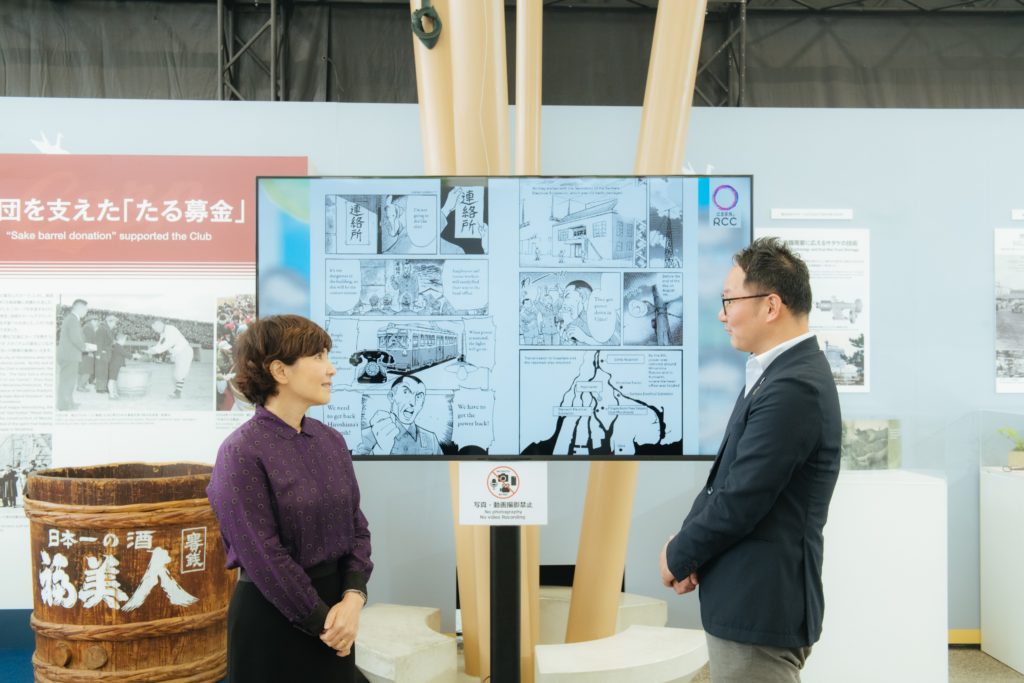
The exhibition featured the Hiroshima’s Revival comic book alongside videos that contrasted the current scenery of Hiroshima with the aftermath of the atomic bombing in the same locations.
With the core goal of passing on the lessons of history, Matsubara and Yoshida expressed their intention to keep promoting peace through various media, including radio, television, internet and RCC Broadcasting’s IRAW app. “Since our launch, we have brought joy and light to our listeners and viewers with music and entertainment programs, while also diligently reporting and sharing the stories of the atomic bomb survivors as a media outlet rooted in the region. We began broadcasting in 1953 and within a year, we aired eight special programs on August 5th and 6th. On August 6th of the same year, we also provided live coverage of the Peace Festival Ceremony (now known as the Hiroshima Peace Memorial Ceremony). Since then, we have never missed a year of broadcasting live coverage and special programs of the memorial ceremony on both radio and television. We hope to enrich our content and communicate our message of peace through a broader range of programming in the future.”
RCC Broadcasting preserves the past and informs the present to shape the future. Through each report and story, we learn the value of peace.
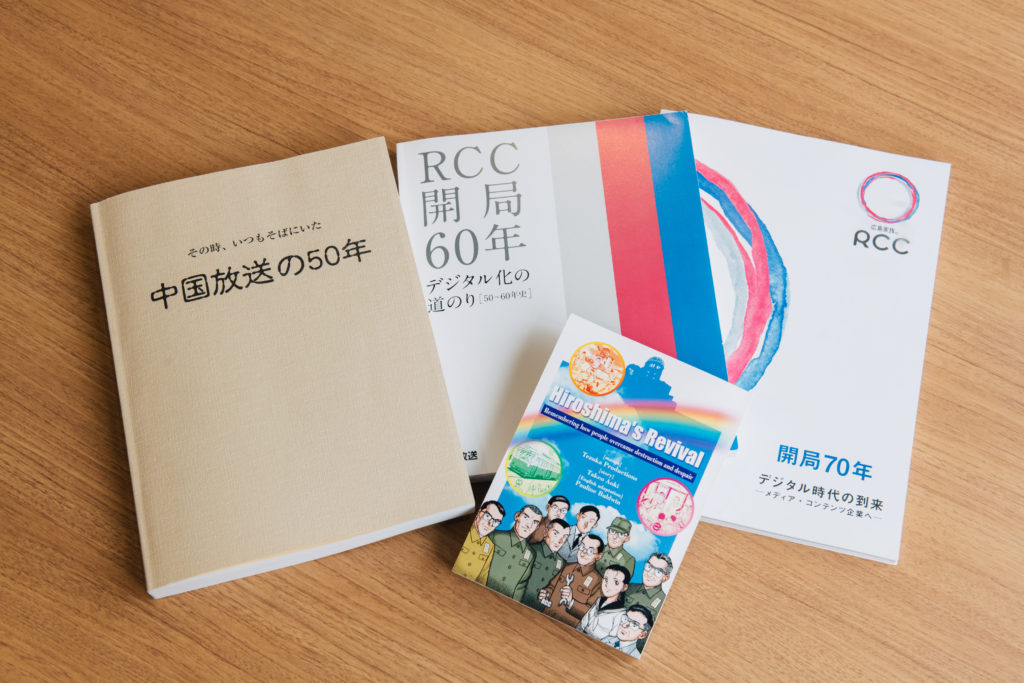
RCC, which celebrated its 70th anniversary in 2022, remains committed to reporting the truth.
[Inquiries]
RCC Broadcasting Co., Ltd.
21-3 Motomachi, Naka Ward, Hiroshima City
082-222-1155
[Related article]
Connecting to the Future: A-bombed Tram
https://hiroshimaforpeace.com/en/connecting-to-the-future-a-bombed-tram/
Tags associated with this article




